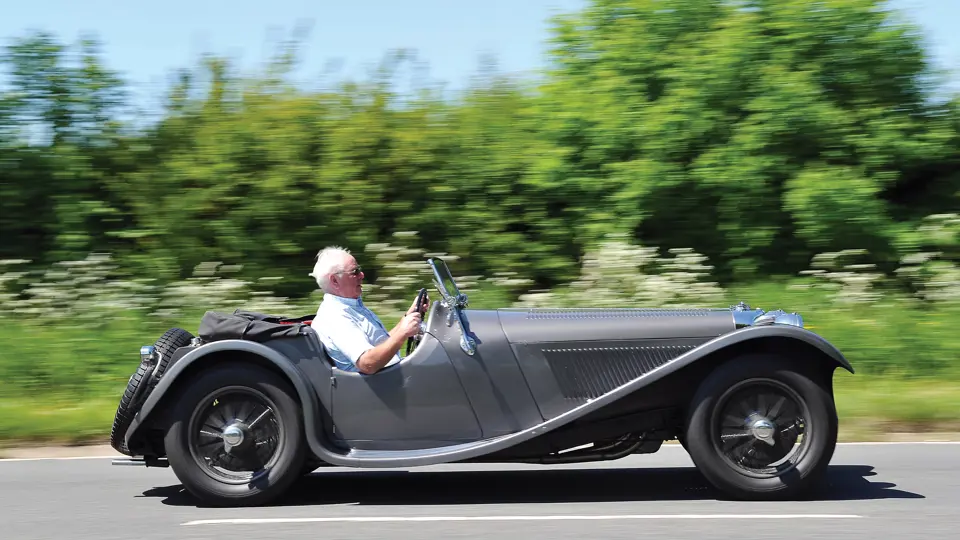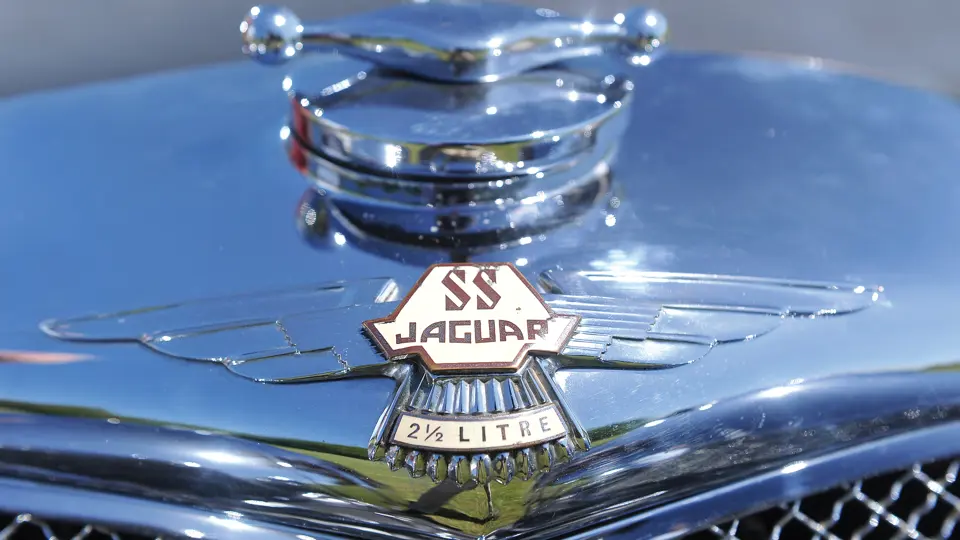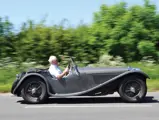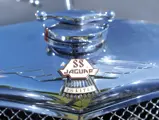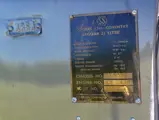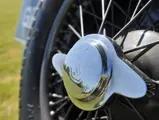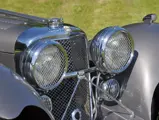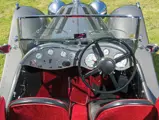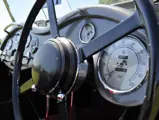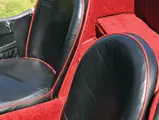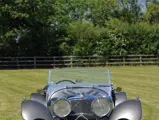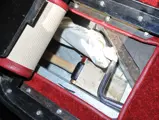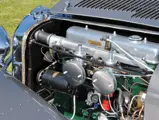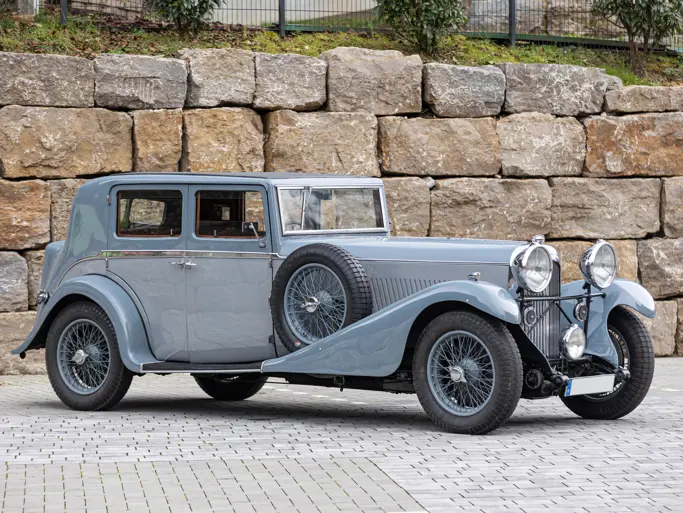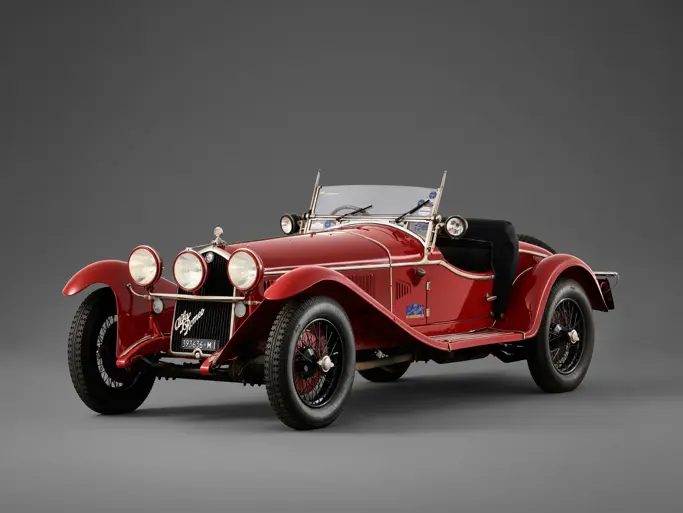
1938 SS 100 Jaguar 2½-Litre Roadster
{{lr.item.text}}
£252,000 GBP | Sold
{{bidding.lot.reserveStatusFormatted}}
- Currently owned by a former chairman of Jaguar Motor Cars
- Well documented and includes a Jaguar Daimler Heritage Trust Certificate
- Just three owners since new
- Featured in the SS 100 Registry since 1939
102 bhp, 2,663 cc overhead-valve straight-six engine with twin SU carburettors, four-speed manual transmission, front and rear suspension, and four-wheel mechanical drum brakes. Wheelbase: 2,641 mm
Tracing its humble roots back to the manufacturing of motorcycle sidecars and further advancing to coach building, the Swallow Side Car Company made its first automobile in 1932, calling it the SS 1 and using a modified chassis from Standard Motor Company. With that car, the seeds leading to the birth of the Jaguar brand were sown, and the Swallow Sidecar Company ended up changing its name to SS Cars Ltd. in 1934. Just one year later, production began on SS Cars’ first open two-seater sports car that would carry the Jaguar name, the SS 90.
Powered by the side-valve Standard six-cylinder engine, the SS 90’s peak output was only 68 horsepower. Reception was soft due to the car’s lacklustre performance, and only 23 were produced. Many believed SS should have been making a car that had performance that would match its fantastic bodywork, and soon enough, the company heard the calls for more power.
Carrying on many of the design principles of its predecessor, the SS 100 was introduced to breathe some life into the gorgeous SS 90 design. Its low-slung body with swooping wings was finally adorned with the engine it deserved. Styling from the SS 90 was slightly altered with a revised radiator, new headlamps, and the sporty “Le Mans”-type fuel tank. The good looks, which were provided by co-founder Sir William Lyons, clearly stood the test of time, and as a result, these cars have always been highly sought-after by racers and collectors alike.
Markedly improving performance over its predecessor, the SS 100 boasted a new six-cylinder engine that produced 102 horsepower. Both engines were inline sixes, but the SS 100’s was converted to an overhead-valve setup and featured a new cylinder head and dual S.U. carburettors. Like the SS 90, the new model was named for the top speed it could reach, 100 mph. Enthusiasts quickly realised how capable this new car was, and as a result, they sold very well, at a cost of £395. In addition to the 2½-litre models, SS produced a larger 3½-litre engine that produced an additional 10 horsepower.
SS 100 marketing literature described it as having been “designed primarily for competition work…(but) equally suitable for ordinary road use, for despite the virility of its performance, it is sufficiently tractable for use as a fast touring car without modification”. Many owners took this to heart and used their cars both as primary transportation and in many forms of motorsport, including hill climbs, rallies, and road races. As a result, an SS 100 was a common sight at such circuits as Donington Park and RAC rallies.
This particular SS 100 has a rather interesting history. The first owner, a Mr N. Brown, purchased it via dealer Henleys, of London, in 1938 and retained ownership for less than a year, selling it to a William Whitfield in June of that same year. Whitfield would go on to be its sole owner until 2000, a monumental 62-year period of ownership. Whitfield fastidiously cared for the car and parked it in his garage in 1969, having other cars in his stable to drive on a daily basis. In order to bring his prized possession back to like-new condition, Whitfield had the car restored at a cost of £24,000 in 1989. At some point prior to the Whitfield’s restoration, the original 2½-litre engine had been replaced with a period-correct 2½-litre engine.
The SS 100 and its story garnered significant attention in the British press. This no doubt helped influence the former chairman of Jaguar, Sir Nicholas V. Scheele, to purchase the car. Scheele took the car to respected SS Jaguar specialist Davenport Cars to be fully sorted and has maintained and enjoyed it ever since; the SS 100 did enjoy a brief stint in the care of the Jaguar Daimler Heritage Trust whilst Sir Nicholas worked with Jaguar’s then parent company, Ford, in Detroit. When considering the documentation that accompanies this lot, including articles by various British newspapers that chronicle the sale of the car, the automobile’s Jaguar Daimler Heritage Trust Certificate, the original owner’s handbook, the original invoice, and service receipts from Scheele’s and Whitfield’s ownerships, the provenance of this particular SS 100 is unquestionable.
It is tremendously rare for any automobile to be owned by the same individual for over 60 years, and when considering the current owner’s former involvement with the Jaguar brand, this SS 100 represents an automobile with remarkable pedigree. The SS 100 itself represents many key milestones in Jaguar’s history, as it was the last SS developed and produced before World War II, the first car to wear the famous Jaguar “leaping cat”, the last car produced before SS became Jaguar, and the car that helped place the cars from Coventry on the map in terms of the sports car world. Finished in grey paint over a black interior with red carpets, this car looks just as menacing as the Jaguar ornament that would come to adorn cars from the same lineage. SS 100s have a clear sporting link to their Jaguar predecessors, and a well-sorted automobile such as this is a cornerstone of any Jaguar collection.

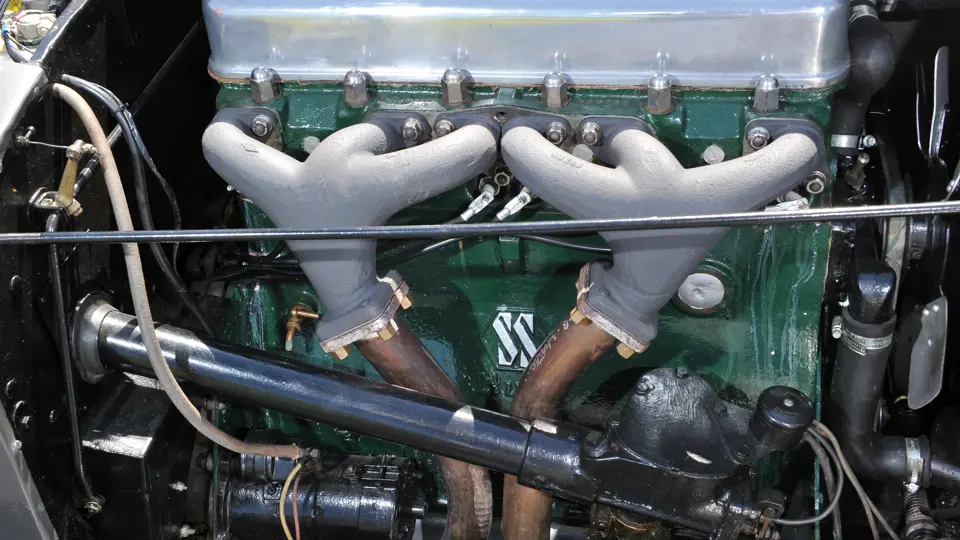
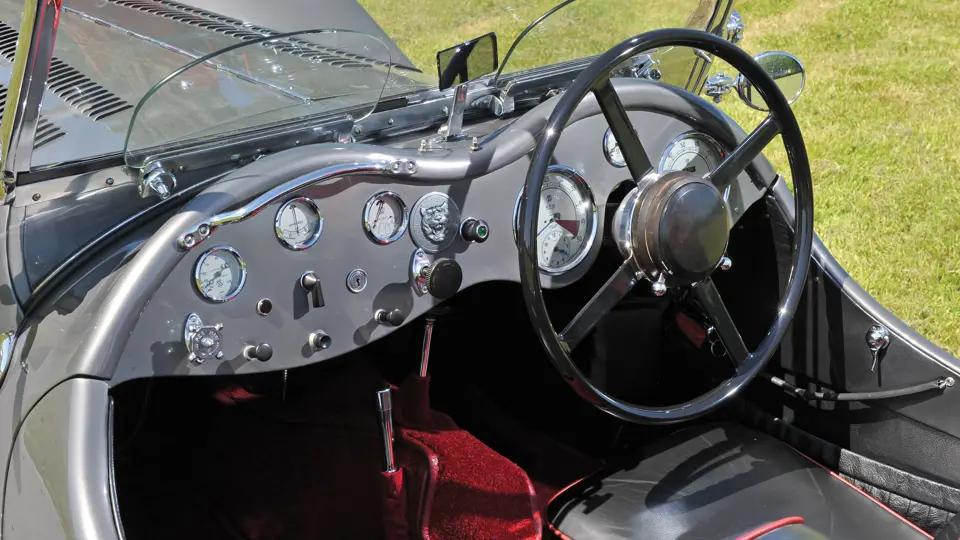

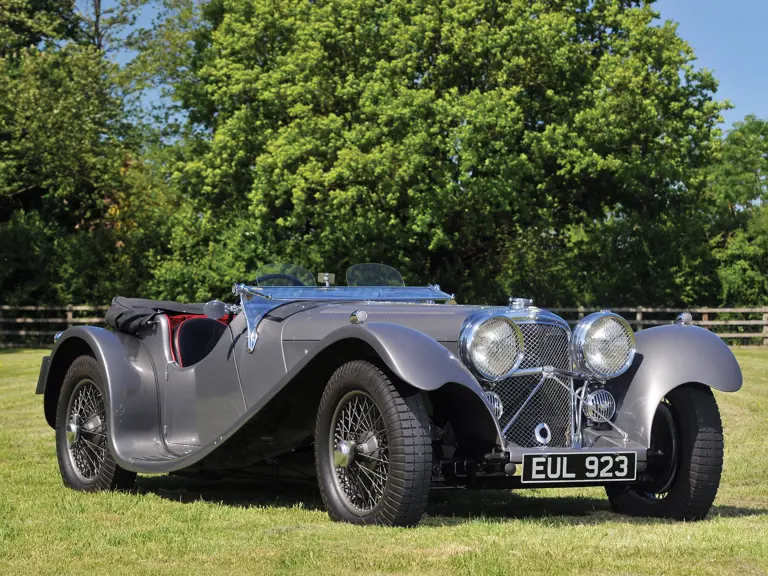
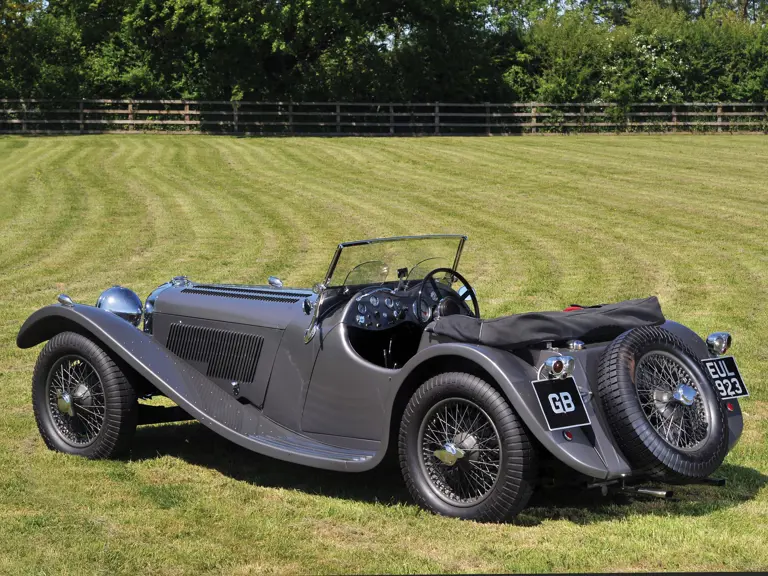

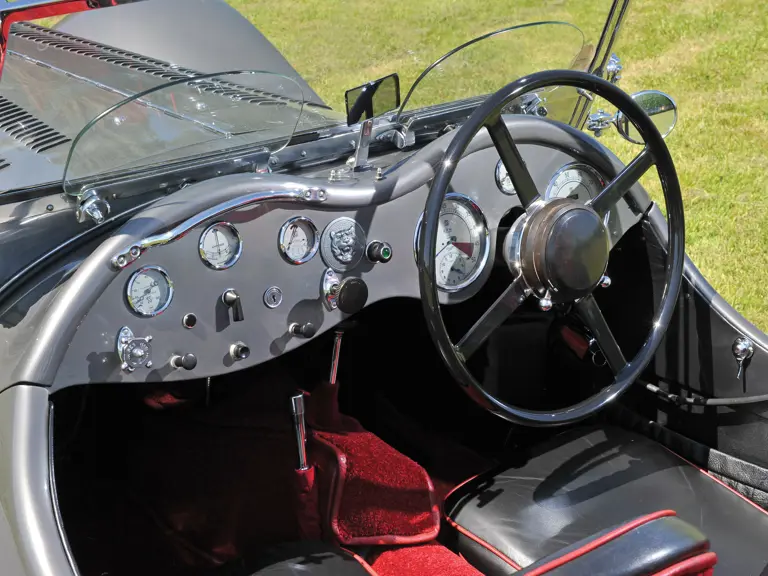

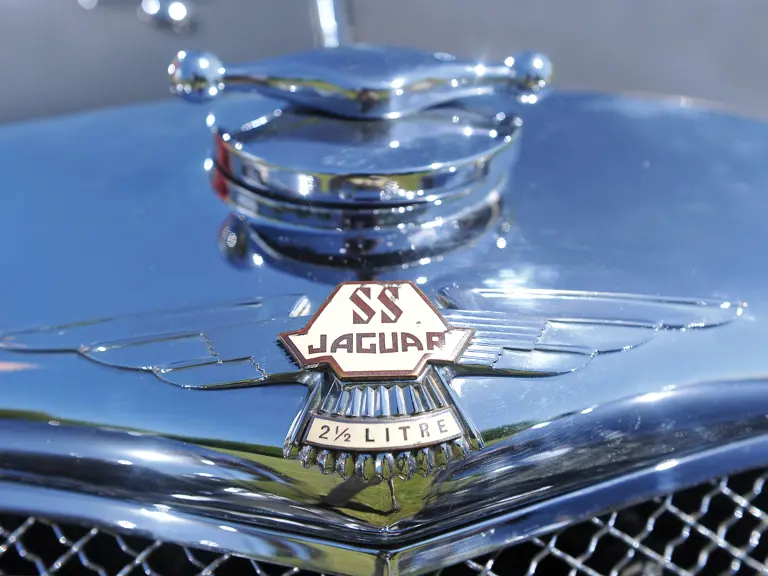
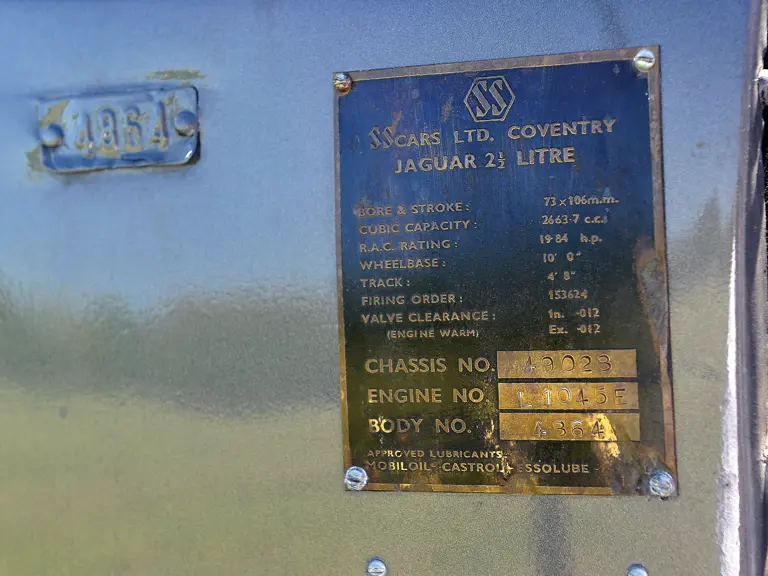
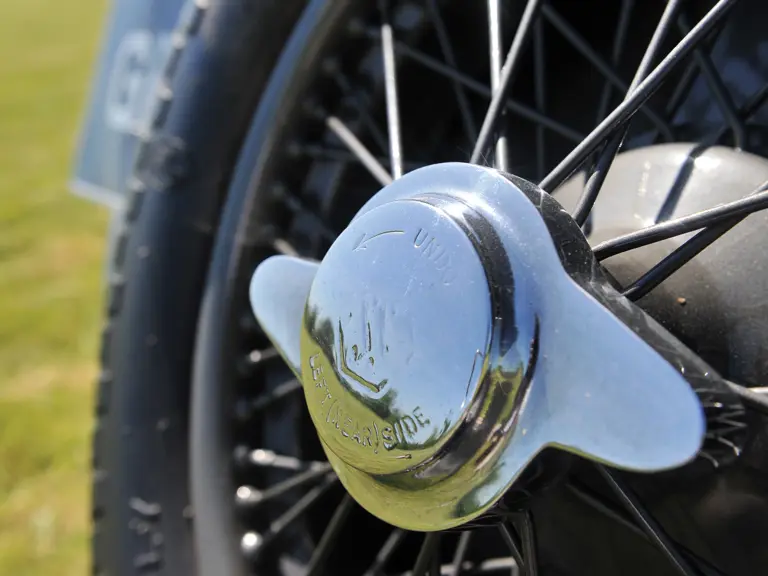

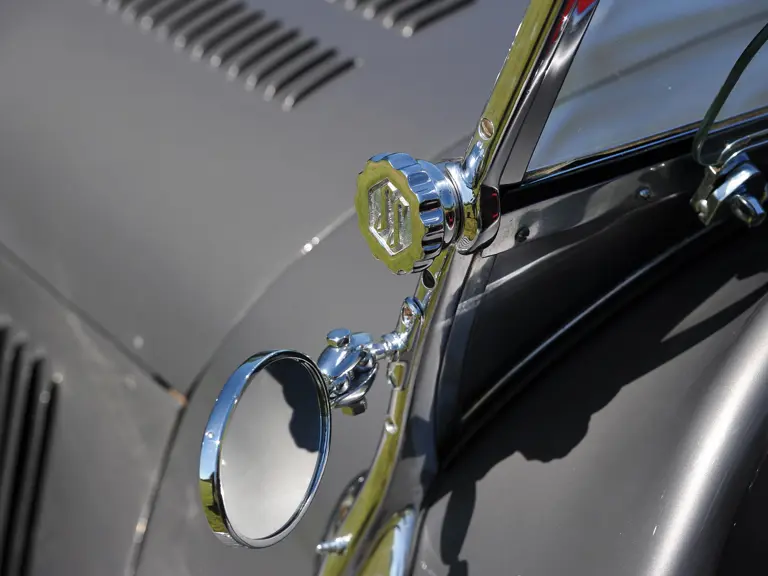
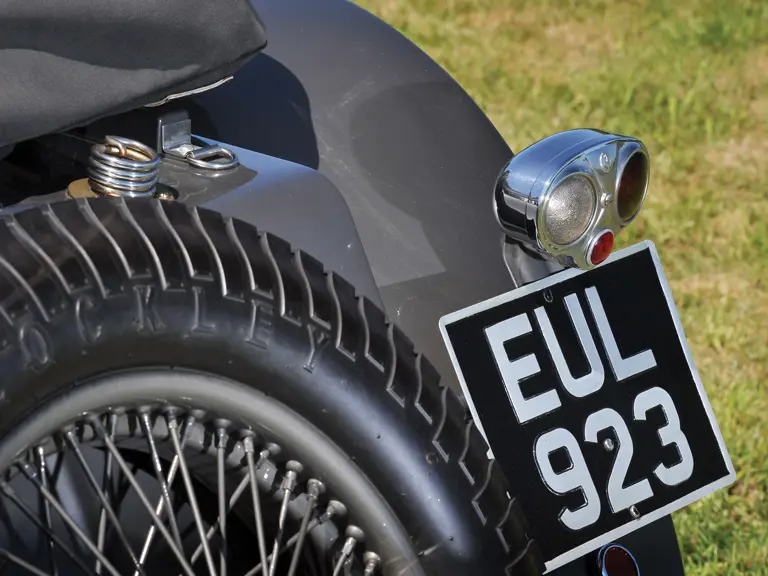
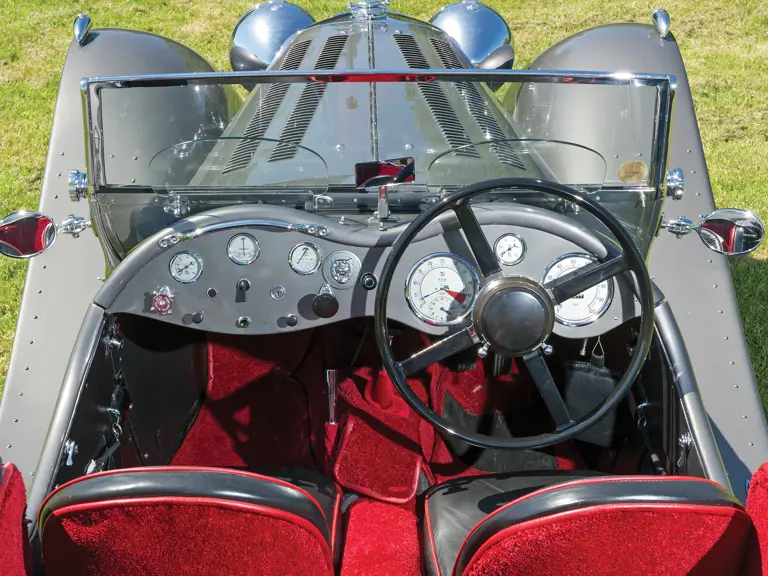
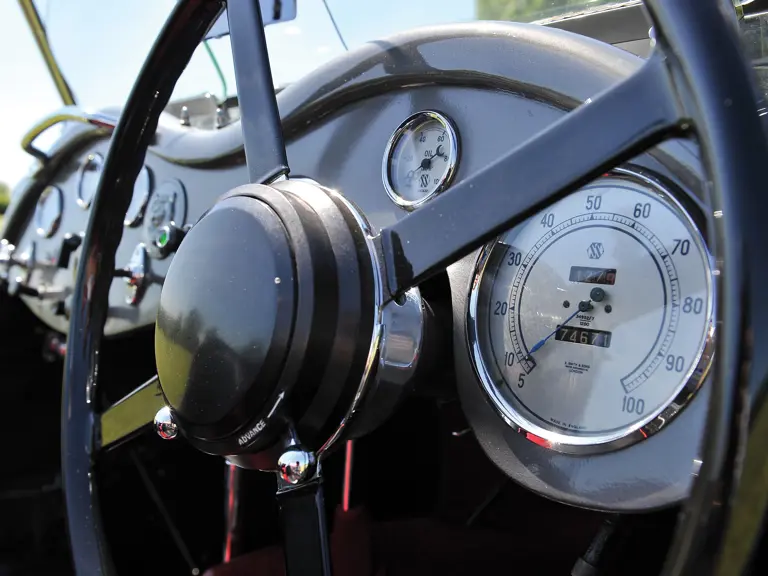
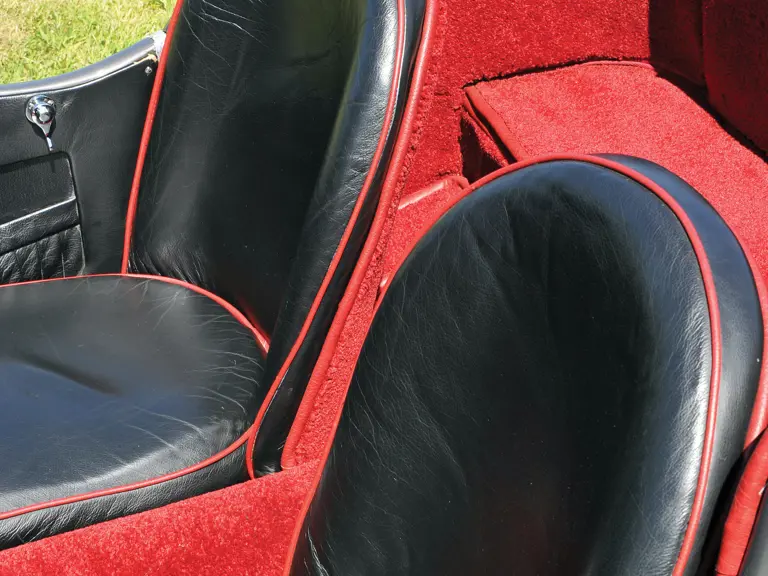
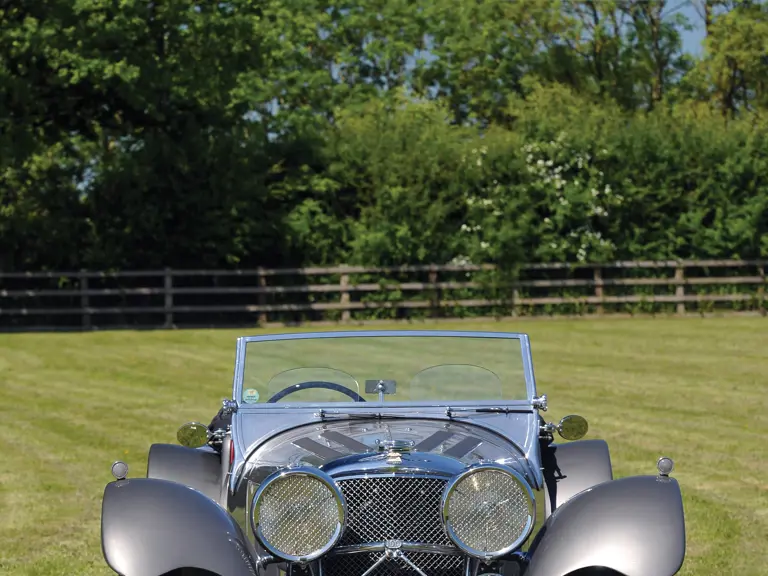


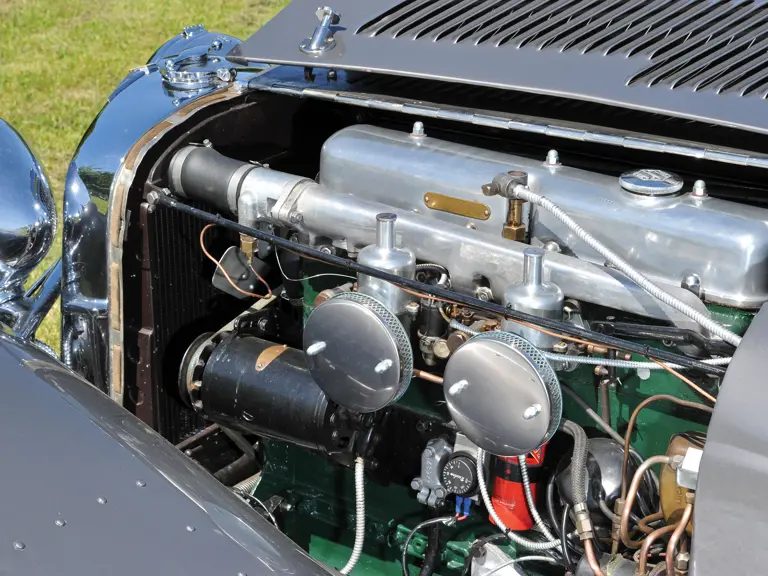
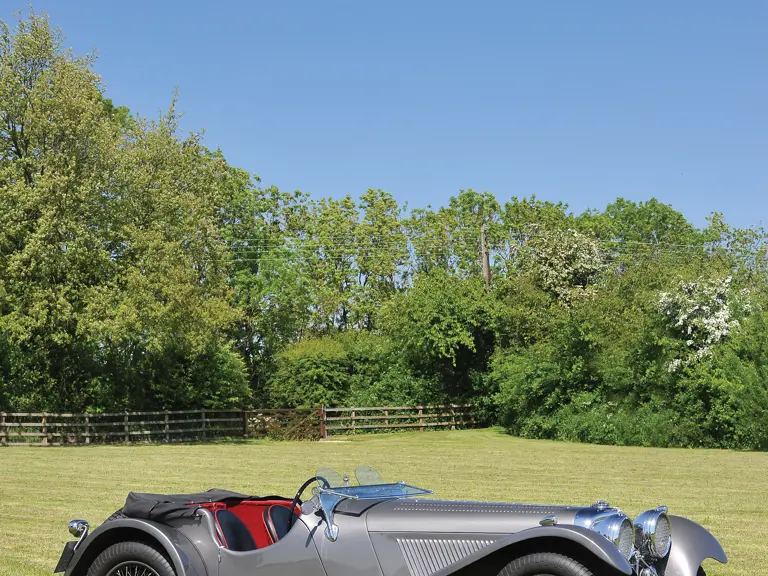
 | London, United Kingdom
| London, United Kingdom
